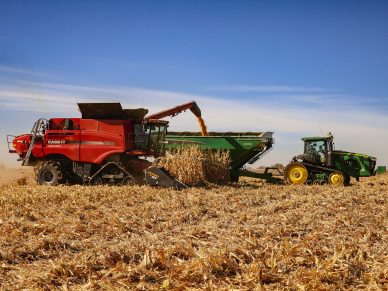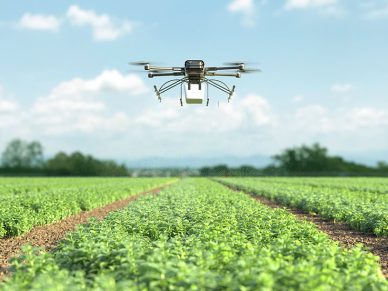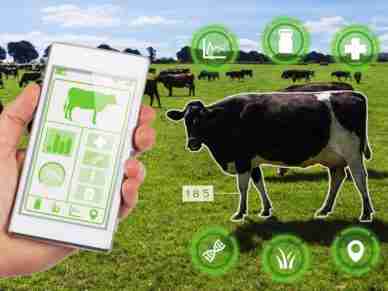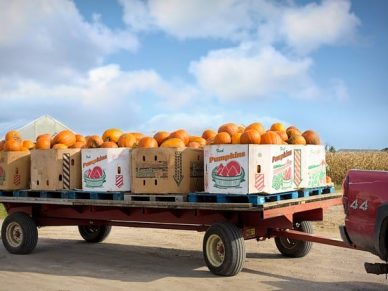Conflict between leading grain producers has worldwide impact
About a third of the world’s wheat exports come from Russia and Ukraine, making the former’s invasion of the latter a major disruption for the world’s food supply. With the price of wheat up, you might think farmers elsewhere could pivot to fill in the gap. But it’s not that simple.
Drought in various parts of the world, particularly the American West, means for a lot of farmers it’s not feasible to plant more than a few acres of wheat. Plus, there are other crops that are more profitable that are also in shortage right now.
“Honestly, it probably will help us plant a few more wheat acres. We’ll put a few more acres into wheat and a few more into sunflowers,” Ed Kessel, first vice president of the North Dakota Grain Growers Association, told the Associated Press.
Australia and India have increased their wheat exports, but such actions “will likely only partially offset lower Black Sea shipments over the remainder of the current season,” the International Grains Council said.
The resultant food crisis “will impact millions and millions of people, particularly in the poorest countries of the world,” World Food Program executive director David Beasley told the AP.
The program feeds about 125 million people globally and buys half of its grain from Ukraine, Beasley said.
The natural gas crisis in Europe, which imports much of its oil and gas from Russia, has fertilizer costs high, another factor hindering increased wheat production.
“With cheaper fertilizers, it could have been possible to grow our way out of a global food security problem — possibly — but nutrients are anything but affordable or even accessible right now,” Sylvain Charlebois, a professor in food distribution and policy at Dalhousie University in Canada, told the AP.
It’s a confluence of problems we’re likely to see more of as climate change worsens, prompting more competition for resources and fewer productive agricultural areas, and a dire warning for global leaders.















Leave a Reply